Shield The Skin from Harmful UV Rays: The Importance of SPF Powder Sunscreen
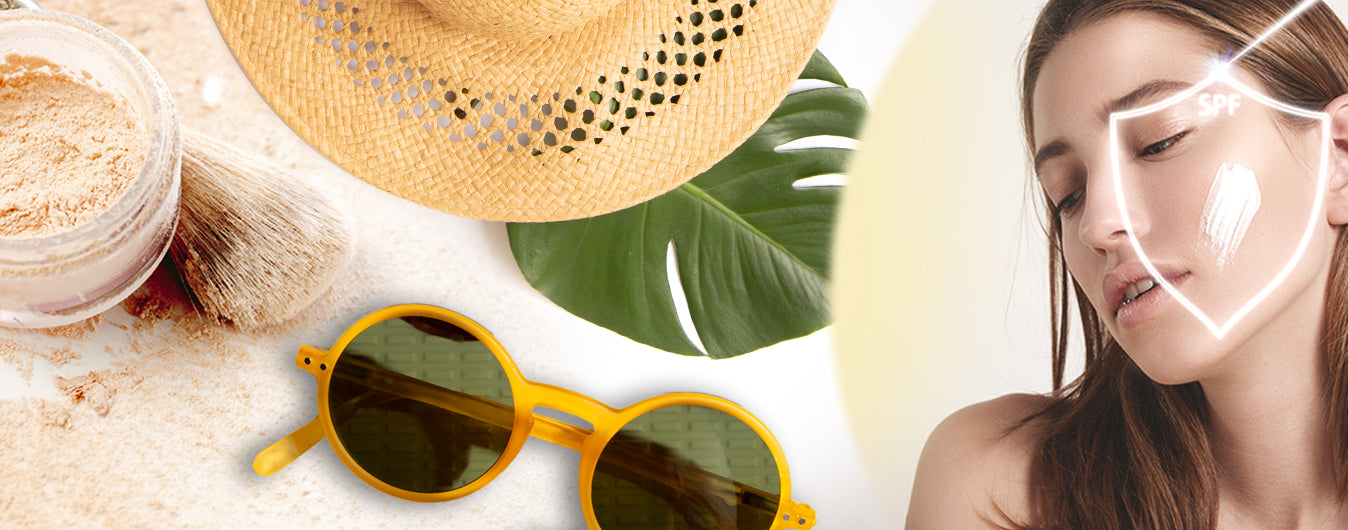
The skin is constantly under attack from harmful UV rays from the sun, which can cause significant damage and potentially severe health issues. In the summer, it's essential to shield the skin from the harmful effects of the sun's rays. This is why safeguarding the skin with Sunscreen is crucial.
Regarding sun protection, Ideal sunscreen products should have broad-spectrum UVR coverage and good photostability, dissolubility, and aesthetics. (Health, 2022) SPF, or Sun Protection Factor, is the solution to protect the skin.
SPF is a measure of how well a sunscreen can protect your skin from UVB rays, the ones that cause sunburn. The higher the SPF, the greater the protection. But it's not just about preventing sunburns – SPF can also help prevent premature aging, dark spots, and even severe skin disease.
Incorporating sunscreen with SPF into your daily skincare routine is a must. Whether you're spending a day at the beach or simply going for a walk outside, applying SPF can help shield your skin from the damaging effects of the sun. So, don't forget to slather on that sunscreen! Sunscreens come in various forms, such as lotions, creams, sprays, and powders.
Offering a lightweight and effortless solution, powder sunscreen fits seamlessly into the skincare routine. Powder sunscreen is excellent for summer protection by controlling sweat production and keeping away greasiness & white cast. It can be easily applied over makeup or bare skin, offering a matte finish. Powder sunscreen is suitable for all skin types, including sensitive and acne-prone skin, and can be particularly useful for touch-ups throughout the day. However, it's essential to ensure even coverage when applying powder sunscreen to provide adequate protection.
So, why not reveal the secret to effortless sun protection with powder sunscreens? Experience the convenience and effectiveness of this protective beauty product today.
Understanding UV rays and their effects on the skin:
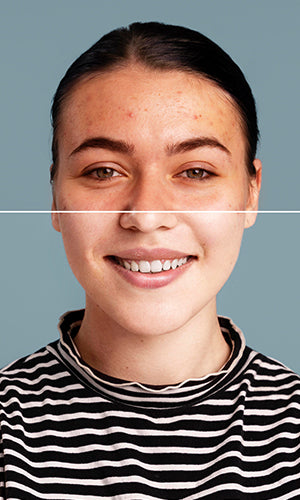
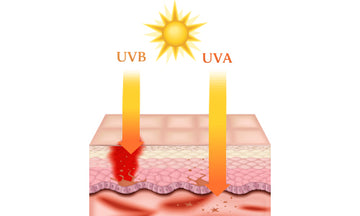
UV rays are a form of radiation that comes from the sun. UV constitutes about 10% of the total solar radiation.There are two types of UV radiation: UV-A and UV-B.
- UV-A (320–400 nm) has lower energy than UV-B. However, it penetrates more deeply and does not burn skin as quickly. 95% of UV radiation is UV-A.
- UV-B (290–320 nm) radiation has higher energy, penetrating only the outer skin layers but induces skin burns more easily. (S. El-Boury, 2007)
UV radiation has both positive and negative effects. Positive effects of UV radiation include warmth, light, photosynthesis in plants, and Vitamin D synthesis in the skin. (S. El-Boury, 2007)
Overexposure to UV radiation is the primary environmental risk factor in developing UV-related adverse health conditions, including eye diseases, immune suppression, and various skin disorders & diseases. (S. El-Boury, 2007)
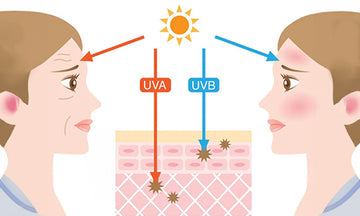
When UV rays penetrate the skin, they damage the DNA in the skin cells. This can result in mutations and can lead to the development of skin cancer. UV rays can also break down collagen and elastin, which keep the skin firm and youthful. This can result in wrinkles, fine lines, and sagging skin.
What is SPF, and why is it important?
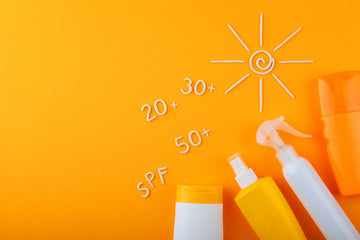
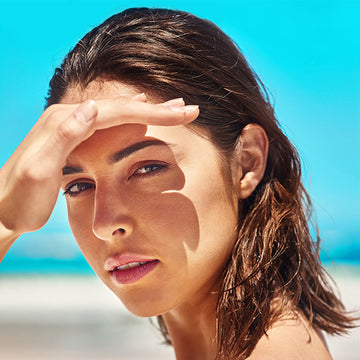
SPF stands for Sun Protection Factor. SPF is the universal indicator for describing the efficiency of sunscreen products.
SPF (Sun Protection Factor) measures how well a sunscreen protects the skin from sunburn caused by UVB rays. It tells how much longer a person can stay in the sun without getting burned than if you weren't wearing sunscreen. For example, if someone uses sunscreen with SPF 30, they can stay in the sun 30 times longer without burning than if they didn't use sunscreen.
In this way, SPF indicates the ability of a sunscreen product to reduce UV-induced damage. Using sunscreen products with an SPF of 15 or higher is recommended. (S. El-Boury, 2007)
What is the PA+++ rating in Sunscreen?
Sunscreen has a PA+++ rating; we have a rough idea of its UVA-PF. UVA-PF stands for UVA protection factor and measures how much a sunscreen offers UVA protection. The PA system divides the sunscreens into groups based on their UVA-PF/ PPD (Persistent Pigment Darkening) value. The more +’s, the higher the PPD/UVA-PF. PPD and UVA-PF are highly correlated, and values are roughly the same.
- PA+ = UVAPF between 2 & 4
- PA++ = UVAPF between 4 & 8
- PA+++ = UVAPF more than 8
- PA++++ (added in 2013) = UVAPF more than 16
UVA-PF is at least 1/3 of the stated SPF value.
- SPF15 = UVA-PF 5
- SPF30 = UVA-PF 10
- SPF50 = UVA-PF 16
(How is Sunscreen Tested? SPF vs UVA-PF: Scientific Sunscreen Guide Part II, 2023)
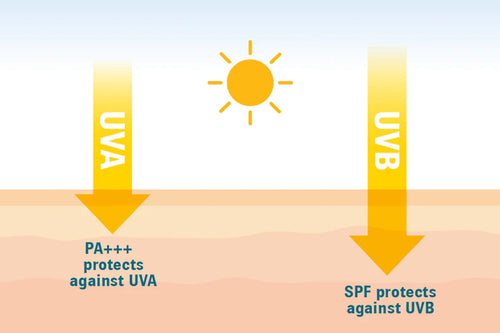
The different types of SPF and their effectiveness
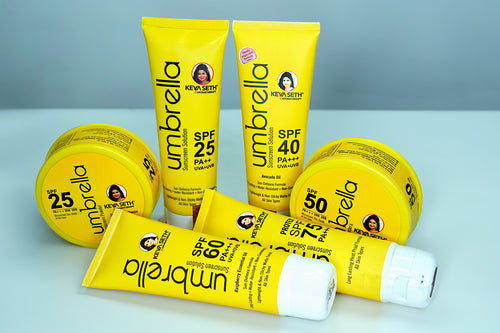
Various types of SPF are available in the market, ranging from SPF 15 to SPF 100+. The effectiveness of SPF is not linear – for example, SPF 30 does not provide double the protection of SPF 15. SPF 15 blocks about 93% of UVB rays, while SPF 30 blocks about 97% of UVB rays. The difference in protection becomes less significant as you go higher in SPF.
Choosing an SPF that suits your skin type and needs is essential. If you have fair skin that burns quickly, you may want to opt for a higher SPF. However, remember that no sunscreen can provide 100% protection, so taking other sun protection measures, such as seeking shade and wearing protective clothing, is essential.
Introducing Powder Sunscreens
Powder sunscreens have taken the beauty and skincare industry by storm, offering a new and innovative way to protect the skin from the sun. These products come in powder form and are typically housed in compact packaging, making them easy to carry and apply. Powder sunscreens are formulated with mineral ingredients like zinc oxide and titanium dioxide, which provide physical sun protection by reflecting and scattering UV rays. The texture of powder sunscreens is incredibly lightweight and silky, allowing for a seamless application. The powders blend effortlessly into the skin, leaving a natural, mattifying finish.
Benefits of Powder Sunscreens
Convenience
Powder sunscreens are incredibly convenient, especially for those always traveling. The compact packaging allows for easy portability, making daily reapplication a breeze.
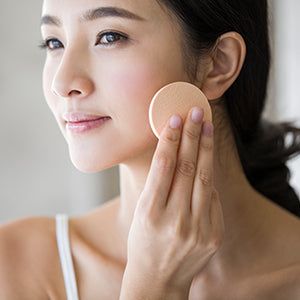
Mattifying Finish
Unlike traditional sunscreens, powder sunscreens offer a natural, mattifying finish. This is especially beneficial for those with oily or combination skin, as it helps control excess shine without clogging pores.

Seamless Blending
The lightweight texture of powder sunscreens allows easy blending into the skin. The powders melt into the skin, leaving no residue or white cast behind. This makes them ideal for all skin tones.
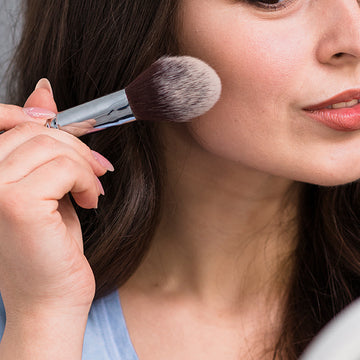
No Greasy or Sticky Residue
One of the significant advantages of powder sunscreens is that they do not leave a greasy or sticky residue on the skin. This eliminates the discomfort often associated with traditional sunscreen formulas and allows for a more enjoyable sun protection experience.
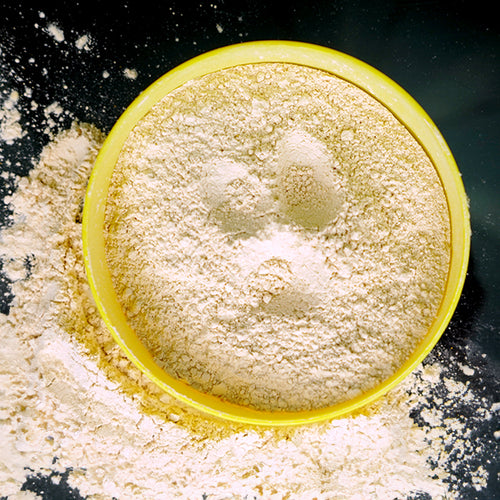
Suitable for Sensitive Skin
Powder sunscreens are often formulated with minimal ingredients, making them suitable for sensitive or reactive skin. The absence of chemical filters reduces the risk of irritation or allergies.
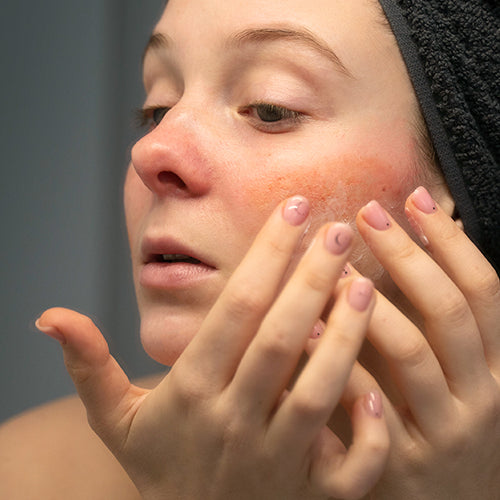
Choosing the Right Powder Sunscreen for Your Skin Type
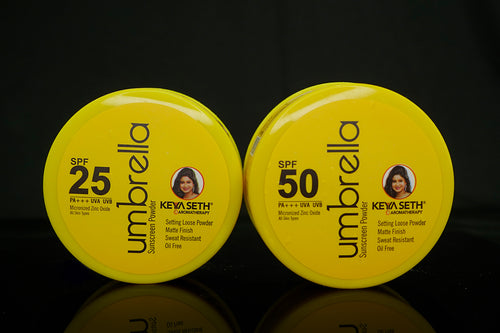
Don't forget to check the SPF level and UVA protection factor. Aim for a powder sunscreen with an SPF of 30 or higher to ensure adequate sun protection.
Lastly, consider the level of coverage you desire. Some powder sunscreens offer sheer coverage, while others provide more buildable and medium coverage. Choose according to your preferences and the occasion.
When selecting the suitable powder sunscreen for your skin type, there are a few factors to consider. Firstly, ensure that the powder offers broad-spectrum protection against UVA and UVB rays. Look for ingredients like zinc oxide and titanium dioxide, known for their sun-protective properties.
Another two new UV filters, Tinosorb S & Tinosorb M, are broad UV-protection. They don’t break down with UV exposure and can help other UV filters stay more stable. (Chinmoy Roy, 2013)
Then, determine your skin's needs and concerns. If you have oily or acne-prone skin, opt for a powder sunscreen with oil-absorbing properties. On the other hand, if you have dry or sensitive skin, look for a formula that provides hydration and soothing benefits.
Common Misconceptions
There are some common misconceptions about sunscreens. Let’s know a few myths:
Conclusion: Prioritizing sun protection for healthy skin
Protecting your skin from harmful UV rays should be a top priority in your skincare routine. By incorporating SPF into your daily routine and following sun protection best practices, you can significantly reduce the risk of developing severe skin diseases and premature aging.
With a lightweight texture, Powder sunscreens protect our skin from the sun’s harmful rays. They offer a convenient alternative to traditional lotions or sprays.
They are easy to apply, especially over makeup, and can be an excellent option for daily reapplication. However, it's essential to use them correctly to ensure adequate protection. Since powders can be more challenging to apply in a thick, even layer, applying them generously is crucial to achieving the SPF stated on the label.
Remember, while the convenience of powder sunscreens is excellent, it's important to apply them generously for adequate sun protection!
Additionally, some experts recommend using a lotion or spray sunscreen as a base layer for more thorough coverage, especially for extended sun exposure.
Unlock the secret to effortless sun protection today. Explore the different types, choose the right one for your skin type, and make a shield from harmful rays. So, grab your favorite powder sunscreen with SPF, step outside, and confidently enjoy the sunshine.
References:

Chinmoy Roy, J. C. ( 2013, May 25 ). Development and Validation of a Stability Indicating RP-HPLC Method for the Determination of Two Sun Protection Factors (Koptrizon and Tinosorb S) in Topical Pharmaceutical Formulations Using Experimental Designs. International Scholarly Research Notices, 2013. doi:https://doi.org/10.1155/2013/506923
Farah Ahmed, C. C. ( 2016, 1st). Anatomy of a Sunscreen. Ingredients. Retrieved from https://www.skininc.com/science/ingredients/article/21881608/anatomy-of-a-sunscreen
Health, N. ( 2022, April , 18). SUNSCREENS IN CHILDREN: MAKE CHILDREN SUN SAFE! Retrieved from https://www.narayanahealth.org/blog/sunscreens-in-children-make-children-sun-safe/
How is Sunscreen Tested? SPF vs UVA-PF: Scientific Sunscreen Guide Part II. (2023). Retrieved from https://rebund-com.ngontinh24.com/article/how-is-sunscreen-tested-spf-vs-uva-pf-scientific-sunscreen-guide-part-ii#toc-15
S. El-Boury, C. C. ( 2007, May 26 ). Effect of the combination of organic and inorganic filters on the Sun Protection Factor (SPF) determined by in vitro method. International Journal of Pharmaceutics, 340(1-2), 1-5. doi:https://doi.org/10.1016/j.ijpharm.2007.05.047





